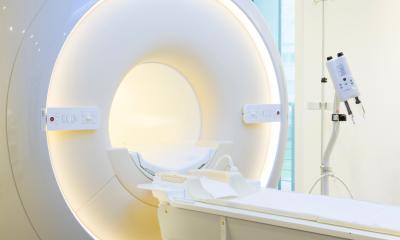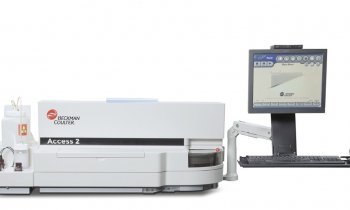© OB production – stock.adobe.com
News • Successful clinical validation
Urine-based test detects aggressive prostate cancer
The test can differentiate between various grades of cancer, helping men avoid unnecessary biopsies
Traditional approaches to prostate cancer screening involve blood tests, MRI, and biopsies. However, in addition to being uncomfortable, some of these procedures result in overdiagnosis of low-grade cancers.
In a new study published in the Journal of Urology, researchers at the University of Michigan Health Rogel Cancer Center have clinically validated a previously developed urine test, which can potentially bypass these invasive procedures among men who are unlikely to benefit.
[MPS2's] primary benefit is that the test can accurately predict your probability of developing aggressive prostate cancer, putting both the patient and physician at ease
Ganesh Palapattu
Prostate cancers are categorized based on their Gleason Grade or Grade Group. Those with Gleason 3+4=7, or Grade Group 2, or higher are more likely to grow and cause harm in comparison with Gleason 6 or Grade Group 1 prostate cancers, which are considered non-aggressive.
The urine test, called MyProstateScore 2.0, or MPS2, looks at 18 different genes linked to high-grade prostate cancer. The researchers had previously demonstrated that the test was effective in identifying GG2 or higher cancers, helping patients avoid unnecessary biopsies. However, in that study, urine samples were obtained after a digital rectal examination. “The process requires the prostate to be compressed, causing the release of cellular debris into a urine sample that the patient provides after the rectal exam,” said Ganesh S. Palapattu, M.D., a professor of urology. Such an examination may not be practical for many and is associated with some discomfort.
In the study, the team modified the urine collection approach so that the MPS2 test could detect markers for prostate cancer, without requiring a prior rectal exam. Using urine samples from a cohort of 266 men who did not undergo a rectal exam, they found that the test could detect 94% of GG2 or higher cancers and was more sensitive than blood tests.
Recommended article

Article • Research, diagnostics, therapy
Focus on prostate cancer
Prostate cancer (PCa) is not only one of the most common, but also one of the deadliest types of cancer in men. Diagnostics are correspondingly sophisticated, from imaging via ultrasound or MRI to various biopsy techniques – often even in combination. Keep reading for current developments in early detection, staging, therapy and research.
Further, the team used mathematical models to demonstrate that the use of MPS2 would have avoided up to 53% of unnecessary biopsies. “These results show that MPS2 has promise as an at-home test,” Palapattu said. “Its primary benefit is that the test can accurately predict your probability of developing aggressive prostate cancer, putting both the patient and physician at ease."
MPS2 can also help patients save on healthcare costs since it is significantly cheaper than an MRI.
The team is interested in repeating the study and corroborating their results with a larger, diverse population of men. They're also hoping to study the test’s performance in men as a surveillance screen for low-risk prostate cancer. “MPS2 could potentially improve the health of our patients by avoiding overdiagnosis and overtreatment and allowing us to focus on those who are most likely to have aggressive cancers,” Palapattu said.
Source: Michigan Medicine - University of Michigan; author: Ananya Sen
29.01.2025











